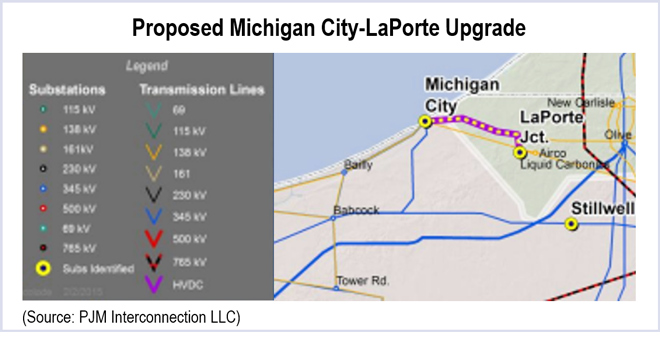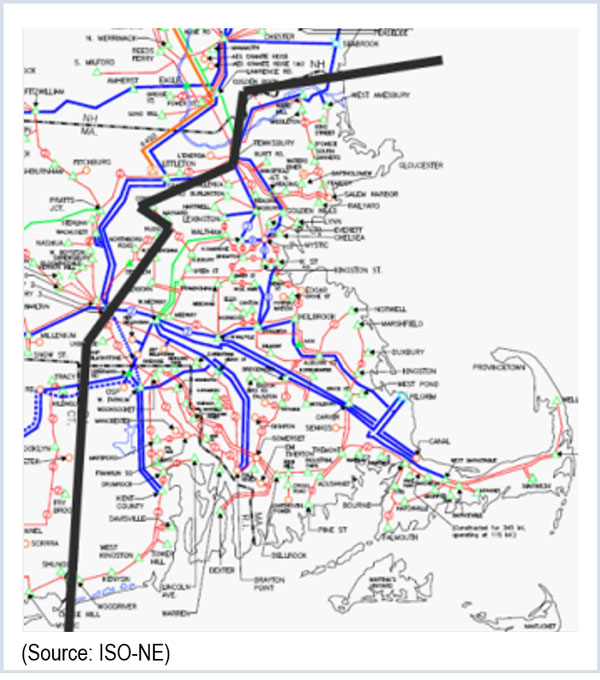By Chris O’Malley
MISO and PJM said last week they will pursue four “quick hit” flowgate projects that show promise in relieving market-to-market congestion.

The four projects were selected from a list of 39 flowgates with $408 million in historical congestion that IPSAC studied. MISO said it is still awaiting responses from transmission operators regarding five other projects that are still possible quick-hit projects. (See MISO, PJM Ponder List of ‘Quick Hit’ Upgrades.)
Flowgates that showed significant day-ahead and balancing congestion in 2013 and 2014, and flowgates that caused auction revenue rights infeasibilities, were included. Solutions had to be completed and provide a payback on investment quickly. Greenfield projects were not considered.
Eric Laverty, MISO director of sub-regional planning, said most of the potential flowgate projects that were studied should be disqualified because they experienced no recent congestion, they had already been identified for in-service upgrades or they did not represent a solid business case.
The four projects chosen were:
- Benton Harbor-Palisades, an American Electric Power-Michigan Electric Transmission Co. tie line that would receive terminal upgrade equipment. Congestion relief: $61.5 million.
- Beaver Channel-Sub 49 161-kV, consisting of a SCADA equipment upgrade. Congestion relief: $6.9 million.
- Michigan City-Laporte 138-kV line upgrades. Congestion relief: $2.7 million. Day-ahead relief: $23 million.
- Cook-Palisades 345-kV, consisting of upgrading terminal equipment. Congestion relief: $31.5 million.
“We believe there’s a business case for these four projects,” Laverty said.
Laverty said the cost of the four projects ranged from “tens of thousands of dollars” to “low millions.” The only project with a specific price was the $2.5 million Michigan City-Laporte flowgate upgrade.
Committee members said they were confident the upgrades would not simply move congestion to other parts of the RTOs’ footprints.
Chuck Liebold, PJM’s manager of interregional planning, said the RTOs modeled not only historical congestion patterns but also what effects the upgrades would have in relieving congestion on the seam. “In the cases we recommended, the upgrades were very successful at that,” Liebold added.
Both RTOs are talking with transmission owners about the possibility of making upgrades and about who will foot the bill. The committee said it would welcome ideas about cost-sharing.
Stewart Bayer, transmission policy engineer at Northern Indiana Public Service Co., suggested that the RTOs address the issue of cost allocation first, before transmission operators make upgrades. “I don’t know how willing we are to proceed without knowing who’s paying for it,” he said.




